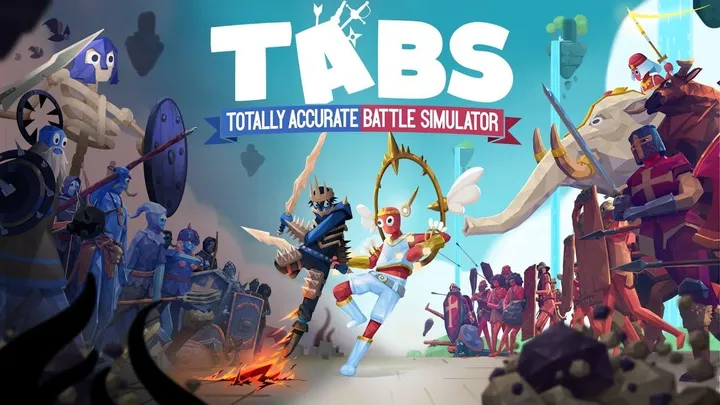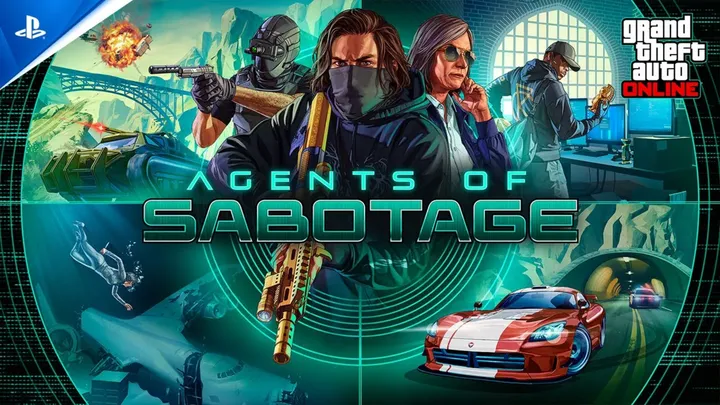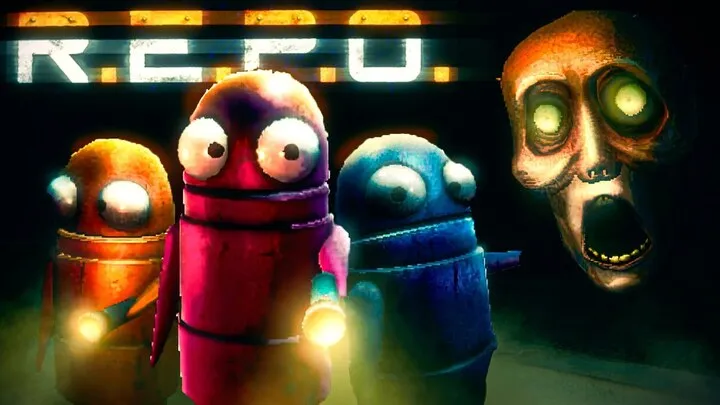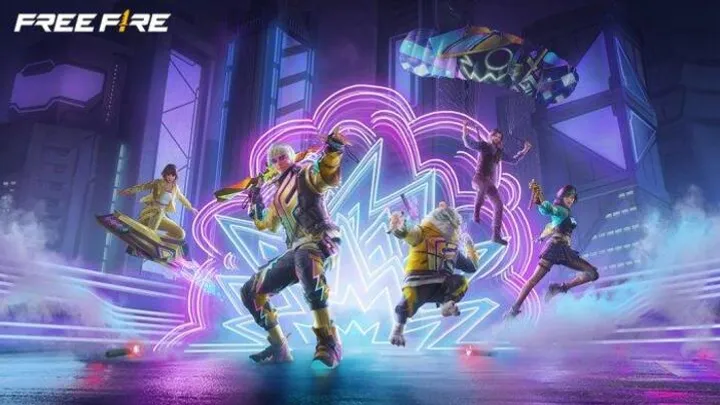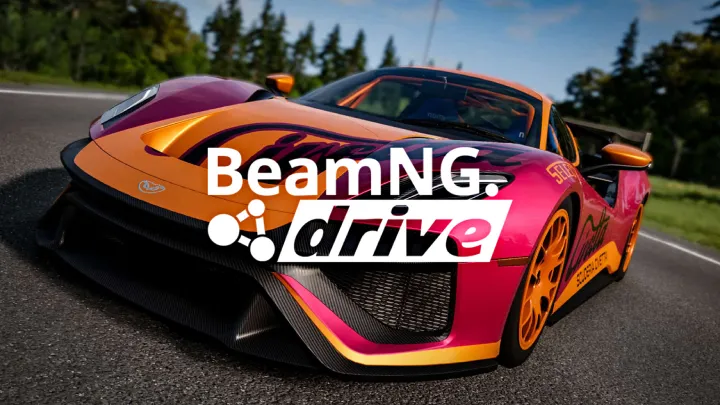BeamNG.drive is not just another driving simulator. It has carved out its place as one of the most technically advanced vehicle simulation platforms, largely thanks to its hyper-realistic soft-body physics engine. Unlike traditional racing games that prioritize speed and performance, BeamNG.drive emphasizes the consequences of driving—what happens when things go wrong. One of its standout features is the realistic crash physics and vehicle damage system, which creates unparalleled levels of immersion for players, modders, and even professional researchers.
This article dives deeply into the world of BeamNG’s crash physics, exploring how the game models real-world destruction, what makes its system so unique, and how players can adapt to and fully enjoy this core mechanic. Through 10 structured sections, we’ll break down the evolution, mechanics, tactical applications, and community-driven impact of realistic crashes in BeamNG.drive.
The Foundation of Soft-Body Physics in BeamNG.drive
BeamNG.drive’s defining trait lies in its soft-body physics engine, which simulates every node and beam of a vehicle’s structure. Rather than treating a car as a rigid shell, the game builds it as a network of interconnected points (nodes) tied together by beams that can bend, stretch, or break depending on the forces applied.
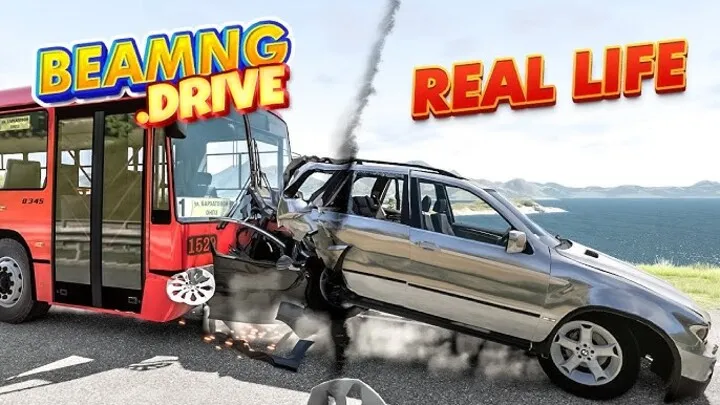
This approach allows every collision to produce unique outcomes. Instead of pre-rendered damage models where dents or broken parts are scripted, BeamNG calculates the deformation in real time. This means two crashes at the same spot can still yield different results depending on variables like speed, angle, and impact surface.
The foundation of this physics system makes BeamNG not just a game but also a physics sandbox. Many automotive enthusiasts and engineers have studied its engine to analyze collision dynamics, creating parallels with real-world crash tests. This realism is why BeamNG’s crash physics stand out compared to arcade-style racers.
Moreover, the underlying system has been continuously optimized since its release. Early versions focused more on basic deformation, but as updates rolled in, developers improved how forces were distributed, how suspension and drivetrain components responded, and even how debris scattered across environments. Each improvement made crashes feel more authentic and unpredictable.
Finally, what sets BeamNG apart from many simulators is how the system bridges entertainment and science. It’s not just about watching cars smash apart—it’s about understanding why and how they break down, which is why the foundation of its soft-body physics is critical to the experience.
The Evolution of Crash Physics Across Updates
BeamNG’s crash system has evolved significantly since the game’s earliest public releases. Initially, crashes felt impressive but somewhat limited, with simpler deformation patterns and fewer secondary effects like fires or fluid leaks. Over time, however, the developers expanded the damage model to make it more comprehensive.
One key milestone came when mechanical damage was refined. Beyond dents and crumples, players started noticing that radiators could fail, tires could burst, and engines could seize. This transformed crashes from being purely visual spectacles into practical gameplay scenarios where your car’s usability might be permanently compromised.
Subsequent updates also improved material diversity. A steel frame reacts very differently than fiberglass or aluminum, and BeamNG now accounts for that. Vehicles with lighter frames crumple more dramatically, while heavy-duty trucks resist deformation but often cause catastrophic damage to lighter vehicles in collisions.
Another turning point came with multiplayer mods and community-driven innovations. When players could crash into each other in shared servers, the unpredictability of real people driving enhanced the realism of the crash system. Suddenly, damage became less controlled and more chaotic, closely mirroring real-world driving risks.
In recent builds, attention to detail has also extended to smaller crash-related mechanics—from windshield shattering patterns to door hinge failures. The evolution of crash physics reflects BeamNG’s commitment to turning vehicle destruction into both an art form and a technical marvel.
Understanding the Core Mechanics of Vehicle Damage
At its heart, BeamNG’s damage system works by tracking how forces interact across every part of a car. Each crash begins with force transfer: when a vehicle strikes an obstacle, the soft-body nodes and beams calculate how energy is dispersed across the structure. Stronger beams may hold for a time, while weaker ones collapse.
This creates a domino effect where localized damage spreads outward. A front bumper hit can crumple inward, pushing the radiator into the engine block, which might bend an axle or disable the transmission. This interconnected model is why crashes feel so lifelike—everything affects everything else.
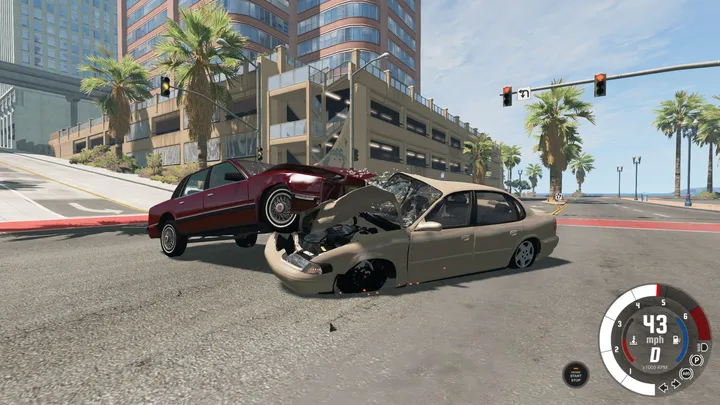
The damage system also prioritizes mechanical realism. A wheel that folds in from side impact will often lock up steering, forcing players to adapt to asymmetric control. Similarly, radiator punctures will cause overheating, limiting engine performance until it eventually fails altogether.
Another critical aspect of the mechanics is the role of physics variables. Speed, weight, momentum, and collision angle all change the outcome of a crash. A low-speed tap might only scuff paint, while a high-speed T-bone collision can completely bisect a vehicle. This variability ensures that crashes never feel repetitive.
Finally, it’s important to note that BeamNG tracks persistent damage. If your car’s suspension is bent, it doesn’t “bounce back.” Players must either repair the car manually or swap vehicles, forcing them to think about crashes as permanent consequences rather than temporary setbacks.
The Role of Environmental Factors in Crash Outcomes
While vehicle construction plays a big role, the environment is equally critical in determining how a crash unfolds. BeamNG’s maps feature a variety of surfaces and obstacles, each interacting differently with cars during impacts.
For example, colliding with a concrete wall transfers force directly into the vehicle, resulting in extreme crumpling. In contrast, hitting a guardrail might scrape along the side, dispersing force gradually while tearing off panels. Similarly, grass or dirt can soften impacts compared to asphalt, but they introduce instability like rolling.
Another major factor is terrain elevation. Crashing on flat roads is one thing, but flying off a cliff introduces rotational dynamics. Vehicles tumble, roll, and collide multiple times before coming to rest, often leaving them twisted beyond recognition. This introduces cinematic, high-damage crashes that players often replay just to analyze.
Weather also plays an indirect role. Rain-slicked surfaces reduce traction, increasing the likelihood of losing control and colliding at awkward angles. Snow and ice exaggerate this further, leading to crashes that wouldn’t occur under dry conditions. Though BeamNG doesn’t yet have dynamic weather as complex as some modern games, modders often simulate it for added challenge.
Finally, environmental hazards like poles, trees, and traffic create unexpected points of impact. Unlike track-based racers with controlled environments, BeamNG embraces randomness, making every crash feel like a story shaped by the world around it.
Player Adaptation to Realistic Crash Damage
One of the most interesting aspects of BeamNG is how players adapt their driving style once they understand the stakes of realistic damage. Unlike arcade racers where crashes are temporary setbacks, BeamNG forces drivers to respect consequences.
Many beginners drive recklessly at first, amazed by the spectacle of destruction. But as they start tackling challenges, missions, or roleplay servers, they realize that avoiding crashes becomes just as important as winning. The realistic damage system teaches players to brake earlier, manage corners, and avoid unnecessary risks.
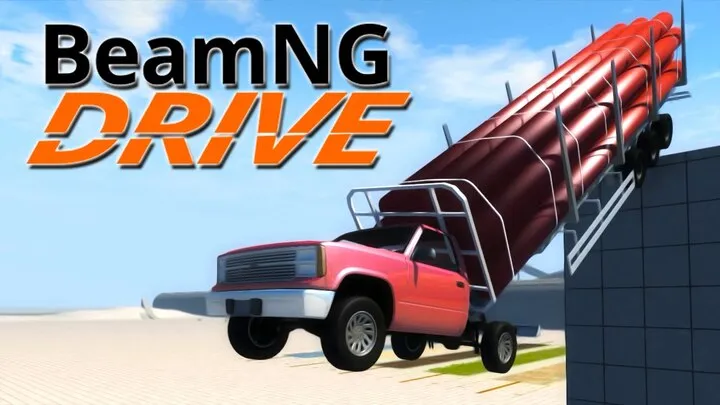
Player adaptation also manifests in strategic crash management. Sometimes collisions are inevitable, and skilled players learn how to minimize damage. For example, hitting a barrier head-on may be better than spinning sideways and compromising both axles. Similarly, players often angle impacts to preserve critical systems like the engine.
Another form of adaptation comes through vehicle choice. Players who anticipate risky driving may opt for trucks or SUVs, which absorb impacts better than sports cars. Others may install roll cages or reinforced bumpers through mods to increase survivability.
Ultimately, adaptation in BeamNG creates a feedback loop: the more players respect the crash system, the more immersive and rewarding the game becomes. What starts as a crash simulator transforms into a nuanced driving experience.
The Tactical Use of Crashes in Gameplay Scenarios
Beyond accidental collisions, BeamNG allows crashes to become intentional tactics in gameplay. This is particularly evident in modes like police chases, roleplay servers, or multiplayer crash derbies.
In police chase scenarios, players often use precision ramming—intentionally hitting a suspect’s car at weak points like the rear quarter panel to induce a spinout. This tactic mirrors real-world PIT maneuvers, showcasing how BeamNG’s physics can simulate law enforcement strategies.
In demolition derbies, the tactical use of crashes is even more obvious. Players deliberately sacrifice less critical parts of their vehicles (like rear bumpers) to protect engines and front axles. Understanding which areas of the car can withstand repeated impacts becomes the difference between winning and losing.
Crashes can also be used strategically in racing modes. For instance, nudging an opponent into a guardrail can slow them down or take them out entirely. While this may not be fair play, the realism of BeamNG ensures the outcome is never predictable—sometimes the aggressor suffers more damage.
The ability to weaponize crashes elevates BeamNG beyond a passive crash simulator. It becomes a tactical sandbox where destruction is a tool as much as a consequence.
The Impact of Crashes on Vehicle Performance
One of the strongest aspects of BeamNG’s crash model is how it directly affects performance. Damage isn’t just visual—it fundamentally alters how a car drives, often forcing players to adapt on the fly.
A bent suspension might pull a car to one side, requiring constant correction. A damaged engine may lose horsepower, preventing the car from accelerating as expected. Tires can burst or detach, making steering nearly impossible. Each of these effects forces players to decide whether to limp toward their objective or restart.
BeamNG also models fluid leaks. A punctured radiator may not stop a car immediately, but overheating eventually leads to total failure. Similarly, oil leaks degrade engine health over time. These longer-term effects add tension, as players may crash early in a mission but only experience full consequences minutes later.
Another performance-related factor is structural misalignment. After heavy crashes, wheels may wobble or axles may bend, causing unpredictable handling. This makes post-crash driving uniquely challenging, as no two damaged cars feel the same.
By tying performance to crash outcomes, BeamNG ensures players always experience the weight of their mistakes. It’s not about hitting reset—it’s about surviving with whatever wreckage remains.
Community Creations and Crash Test Culture
BeamNG’s crash system has given rise to a thriving community centered on crash testing. Players and YouTubers create endless experiments, from pushing cars off cliffs to staging massive freeway pileups. These videos often go viral, showcasing the beauty and chaos of destruction.
Many community members also design custom crash maps. These include ramps, obstacle courses, and high-speed crash zones specifically built to test vehicles. Such maps allow players to push BeamNG’s physics engine to its limits in ways developers never originally intended.
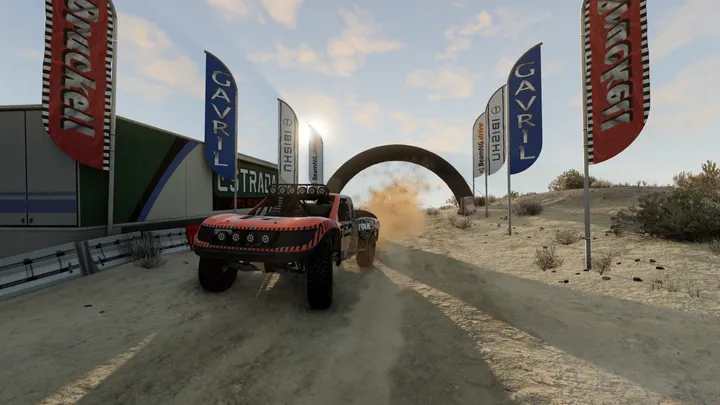
Modding plays a huge role as well. Custom vehicles with exaggerated durability, destructibility, or even bizarre designs (like buses made of glass) expand the crash testing culture. These mods highlight the flexibility of BeamNG’s physics system and how it can accommodate anything from realism to absurdity.
Beyond entertainment, crash testing also serves an educational role. Many aspiring engineers, designers, or physics students use BeamNG to explore real-world concepts of momentum, force distribution, and structural failure. This makes the community not only fun but also scientifically valuable.
The crash culture proves that BeamNG is more than a game—it’s a platform for creativity, experimentation, and shared appreciation of realistic destruction.
Limitations and Criticisms of the Crash System
Despite its brilliance, BeamNG’s crash system isn’t perfect. One of the biggest limitations is performance demand. Simulating thousands of physics calculations in real time requires significant computing power, meaning players on lower-end PCs may experience lag or reduced realism.
Another criticism is incomplete environmental realism. While the vehicles themselves deform accurately, environmental destruction is limited. Trees, buildings, and guardrails rarely break or bend with the same authenticity, sometimes making crashes feel one-sided.
The physics engine also struggles with extreme scenarios. At extremely high speeds, crashes can produce unrealistic jittering or glitches, breaking immersion. Similarly, multi-car pileups sometimes overwhelm the system, leading to odd or inconsistent deformation.
Some players argue that the lack of injury simulation makes the crash system feel incomplete. While BeamNG deliberately avoids graphic representations of human damage, the absence of driver consequences can make certain scenarios feel detached from reality.
Despite these limitations, the overwhelming consensus is that BeamNG’s crash system remains unmatched in gaming. However, addressing these criticisms in future updates could push it even closer to perfection.
The Future of Crash Physics in BeamNG.drive
Looking forward, the future of crash physics in BeamNG appears promising. Developers have hinted at continued refinement of both the vehicle and environmental systems, with goals to make everything feel even more lifelike.
One potential direction is dynamic environmental damage. Imagine trees snapping in half, guardrails bending realistically, or buildings partially collapsing under impact. This would elevate BeamNG crashes to a new level of immersion.
Another likely improvement is optimization for larger-scale crashes. As multiplayer grows, the need for stable, realistic pileups involving dozens of cars will become more pressing. Enhancements here would expand the game’s crash culture dramatically.
The future may also involve expanded mechanical complexity. Features like advanced fluid dynamics, battery failures for electric cars, or hybrid systems could all become part of the crash equation. Each advancement would add depth to post-crash driving.
Ultimately, the developers of BeamNG have shown a steady commitment to evolution. With technology advancing rapidly, the future of crash physics could bring the game even closer to functioning as both a simulator and a professional research tool.
Conclusion
BeamNG.drive stands as a benchmark for realism in video game crash physics. Its soft-body simulation system has redefined how players view vehicle destruction, transforming crashes from mere spectacle into complex, meaningful gameplay experiences.
From the evolution of its physics engine to the way players adapt their strategies, crashes in BeamNG carry weight. They affect performance, inspire tactical thinking, and fuel an entire community of crash testers and modders. While the system isn’t without flaws, its depth and authenticity make it one of the most innovative mechanics in modern gaming.
As BeamNG continues to evolve, its crash system is poised to reach even greater heights, balancing entertainment with scientific realism. For anyone fascinated by the art and science of destruction, BeamNG’s realistic crash physics remain unmatched.
